What about the dirt shacks, they absorb lots of water.
- Formiculture.com
- Forums
- Gallery
- Members
- Member Map
- Chat

What about the dirt shacks, they absorb lots of water.
What about the dirt shacks, they absorb lots of water.
I haven't seen it happen to them yet. One difference is that all the water isn't moving through in one small spot. I'm sure that given enough time it could probably happen. Most likely by then it would be very old and probably no longer used.
Oh, what do you use now?
What about the dirt shacks, they absorb lots of water.
I haven't seen it happen to them yet. One difference is that all the water isn't moving through in one small spot. I'm sure that given enough time it could probably happen. Most likely by then it would be very old and probably no longer used.
I was wondering that too. Do you use plaster that doesn't absorb water or cement?
Oh, what do you use now?
What about the dirt shacks, they absorb lots of water.
I haven't seen it happen to them yet. One difference is that all the water isn't moving through in one small spot. I'm sure that given enough time it could probably happen. Most likely by then it would be very old and probably no longer used.
"it" was referring to the Dirt Box, not Hydrostone.
I was talking about your other formicariums, not the dirt shack
Edited by dspdrew, June 20 2020 - 10:14 PM.
Current ant colonies -
1) Opisthopsis Rufithorax (strobe ant), Melophorus sp2. black and orange, Pheidole species, Pheidole antipodum
Journal = http://www.formicult...ra-iridomyrmex/
Heterotermes cf brevicatena termite pet/feeder journal = http://www.formicult...feeder-journal/
drew, i couldn't read all to know if someone already talked about that, and seeing some what of an evolution in your LF nests, all LF in the genuses Acromyrmex and atta present in USA are dry/desert species, you may have come across ppl saying they need crazy ammounts of humidity, that's far from right for NA species, compared to what i keep (i live in southern Brazil, in the state with the most species of Acromyrmex, curiously) they need quite high humity, but not as much as for example, for what i've seen, froma constant source that is always keeping the plaster moist, plaster by itself will hold humidity well enough to get them going, even hydroballs slightly humid will do, Acromyrmex versicolor, atta texana, atta mexicana, all are desert species and even gather often dead matter, i've seen your personal setups, your acromyrmex versicolor setup, i can't disagree that is somewhat hard to get some food source that is relliable for them, but variaty seems to be really important too, you probably already know that, but if not, just some addons, thanks
drew, i couldnt read all to know if someone already talked about that, and seeing some what of an evolution in your LF nests, all LF in the genuses Acromyrmex and atta present in USA are dry/desert species, you may have come across ppl saying they need crazy ammounts of humidity, thats far from right for NA species, compared to what i keep (i live in southern Brazil, in the state with the most species of Acromyrmex, curiously) they need quite high humity, but not as much as for example, for what i've seen, froma constant source that is always keeping the plaster moist, plaster by itself will hold humidity well enough to get them going, even hydroballs slightly humid will do, Acromyrmex versicolor, atta texana, atta mexicana, all are desert species and even gather often dead matter, i've seen your personal setups, your acromyrmex versicolor setup, i can't disagree that is somewhat hard to get some food source that is relliable for them, but variaty seems to be really important too, you probably already know that, but if not, just some addons, thanks
I have been told specifically by Dr Rebecca Clark who studies Acromyrmex versicolor, that they need as close to 100% humidity as possible. I have measured the humidity in my latest formicariums, which have all worked just fine, and it is only around 75% at around 80 F. I'm not sure she is right about that.
When I heard 100% I immediately had the image of leafcutters living under water.
...I mean...your colonies did have dying fungus all the previous times..right?
...I mean...your colonies did have dying fungus all the previous times..right?
I've had lots of colonies with dying fungus, but if a specific condition is killing them, they would all die because of it. You wouldn't have a few of them thriving while the rest die. The fact that many of them die is likely due to something else -- probably a number of things.
Been printing a lot lately. Working on some more tile placement jigs.
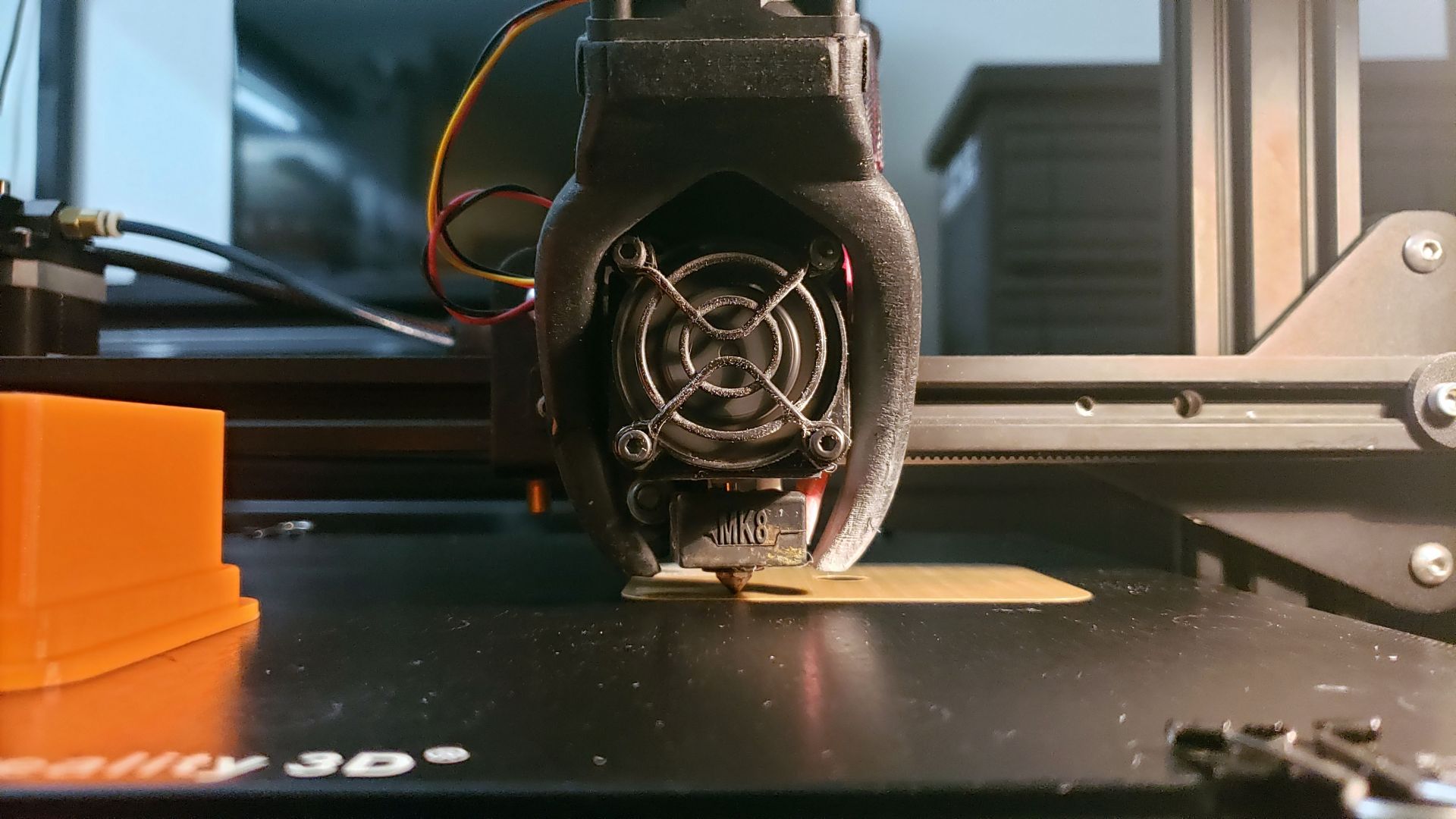
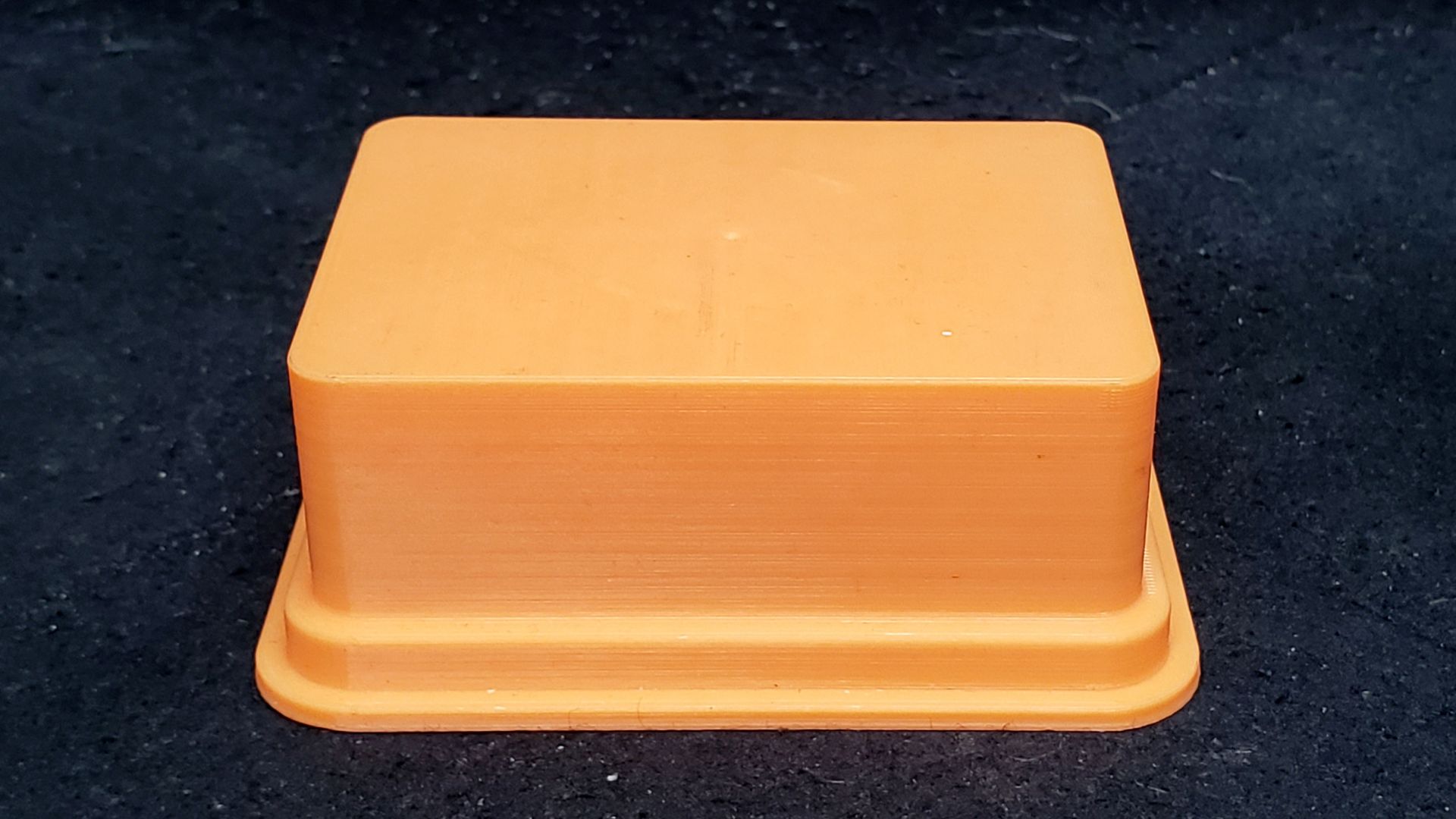
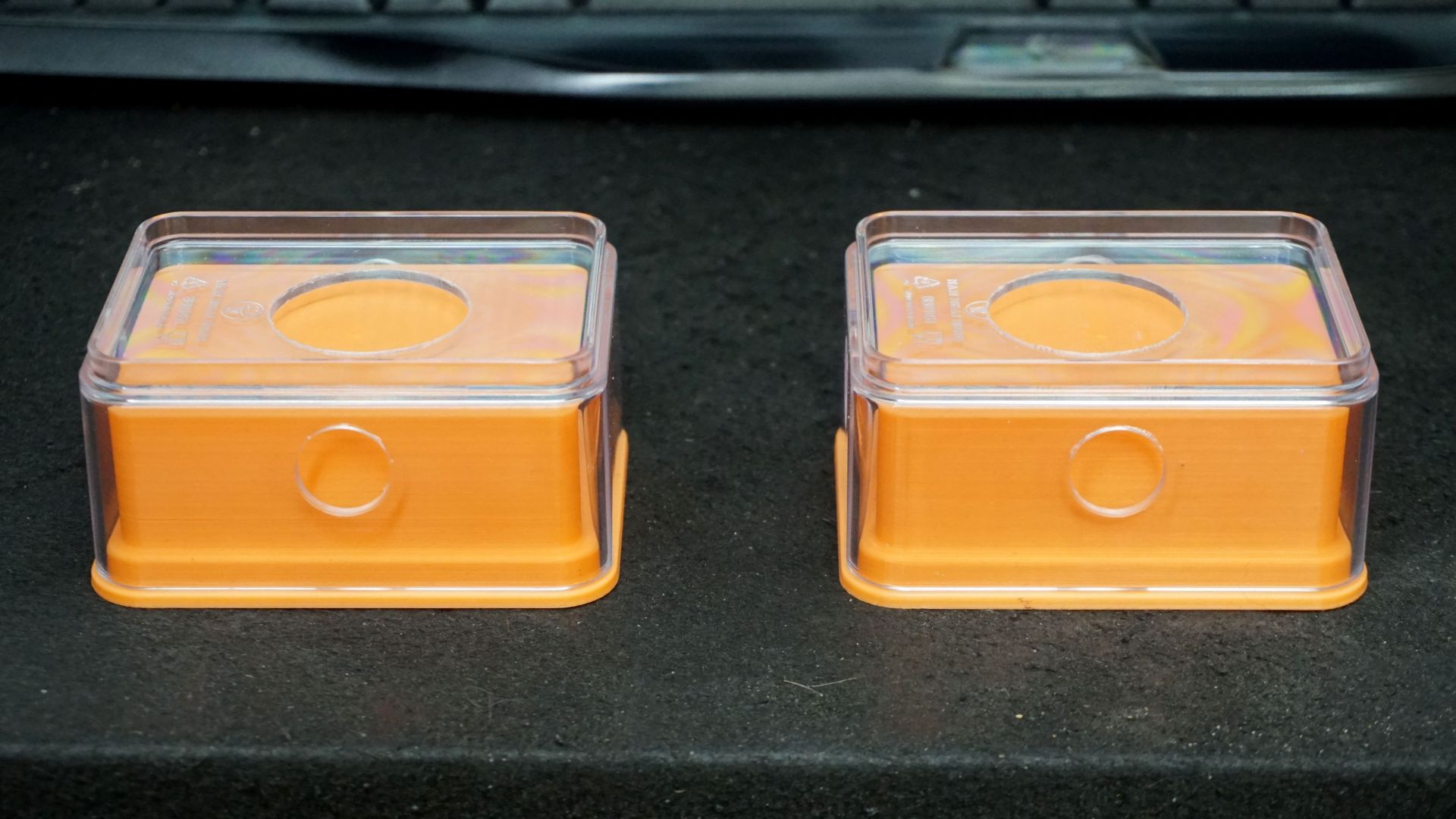
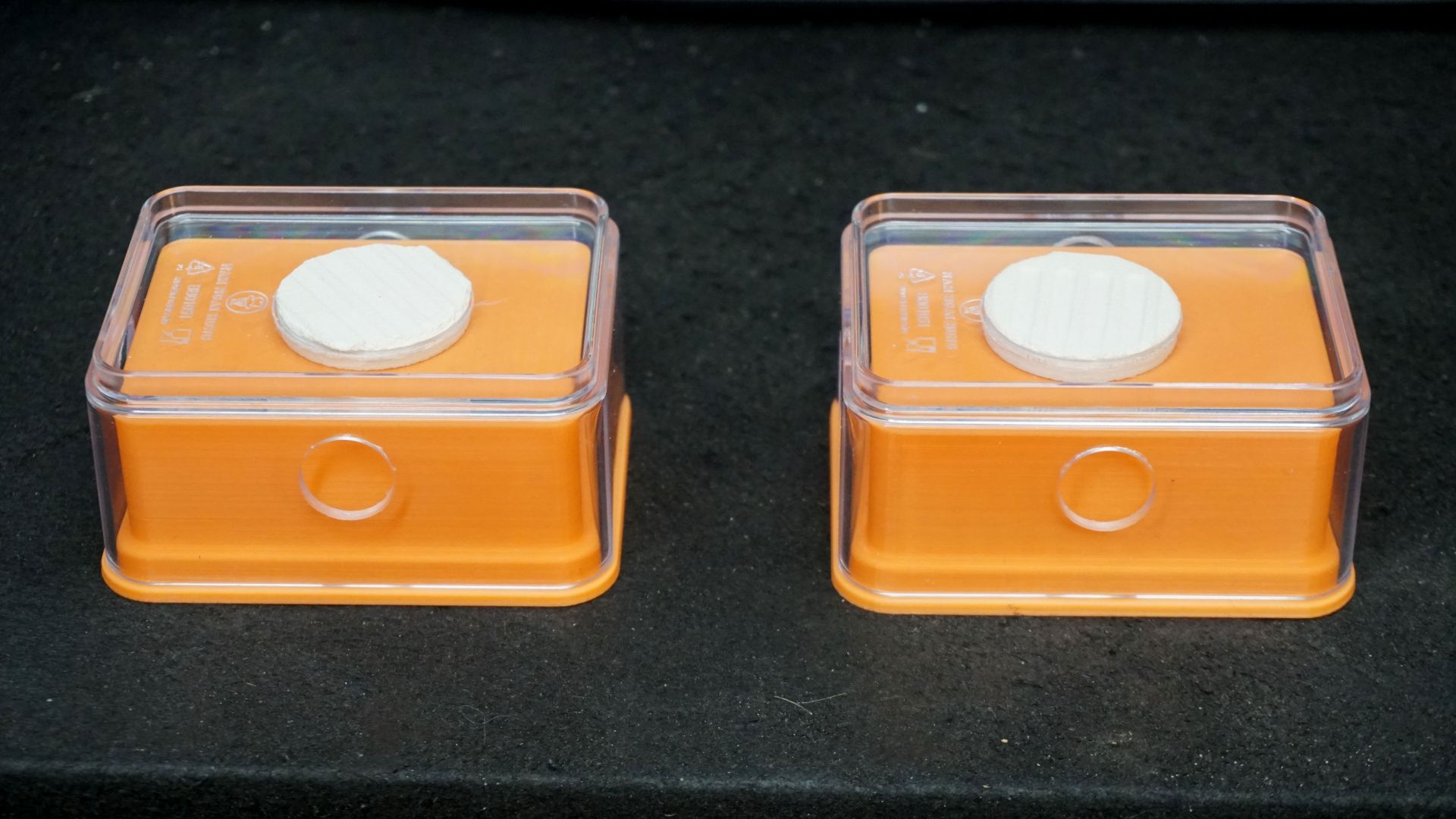
More c-clips and tube adapters. ![]()
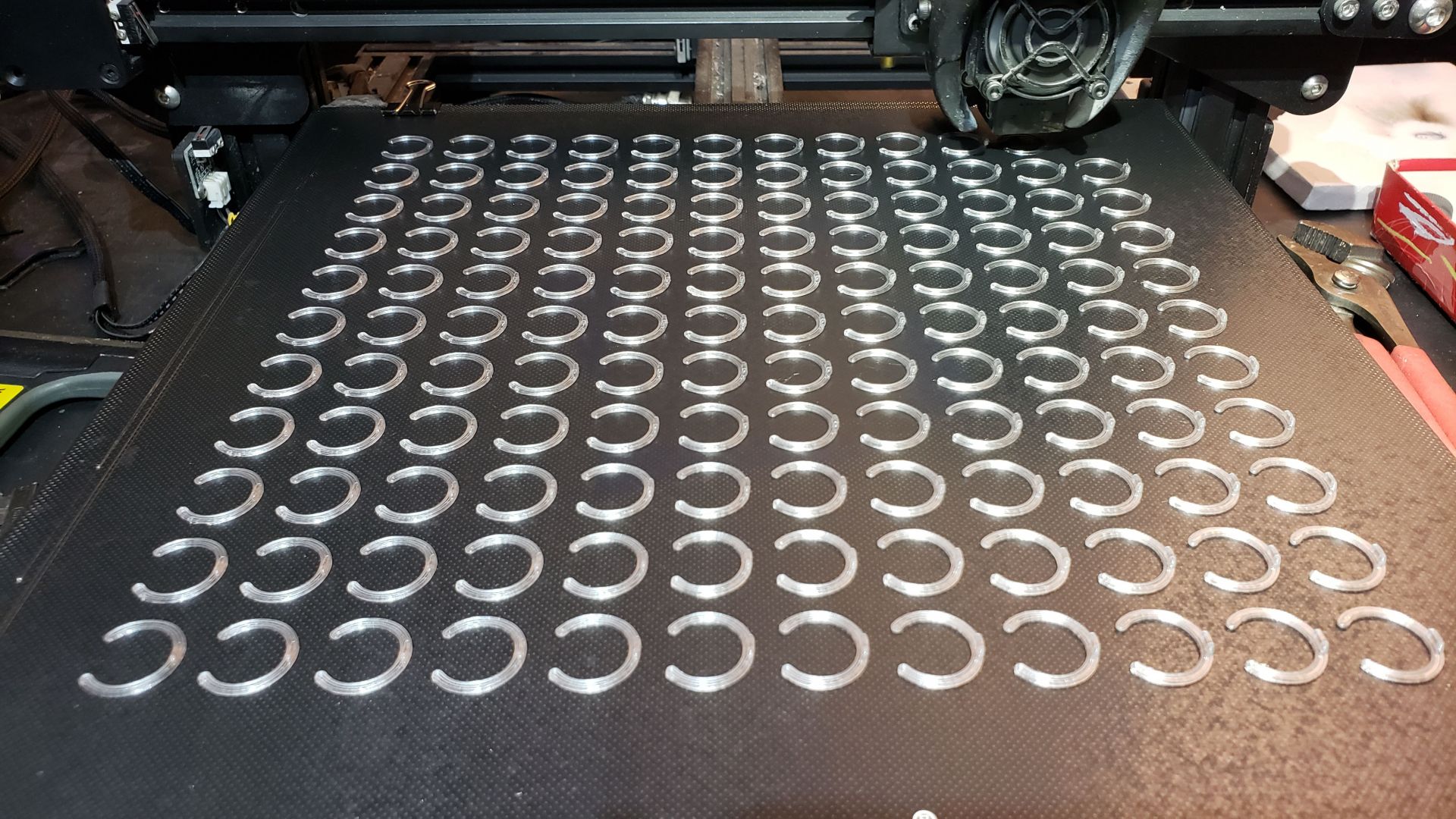
More tiles
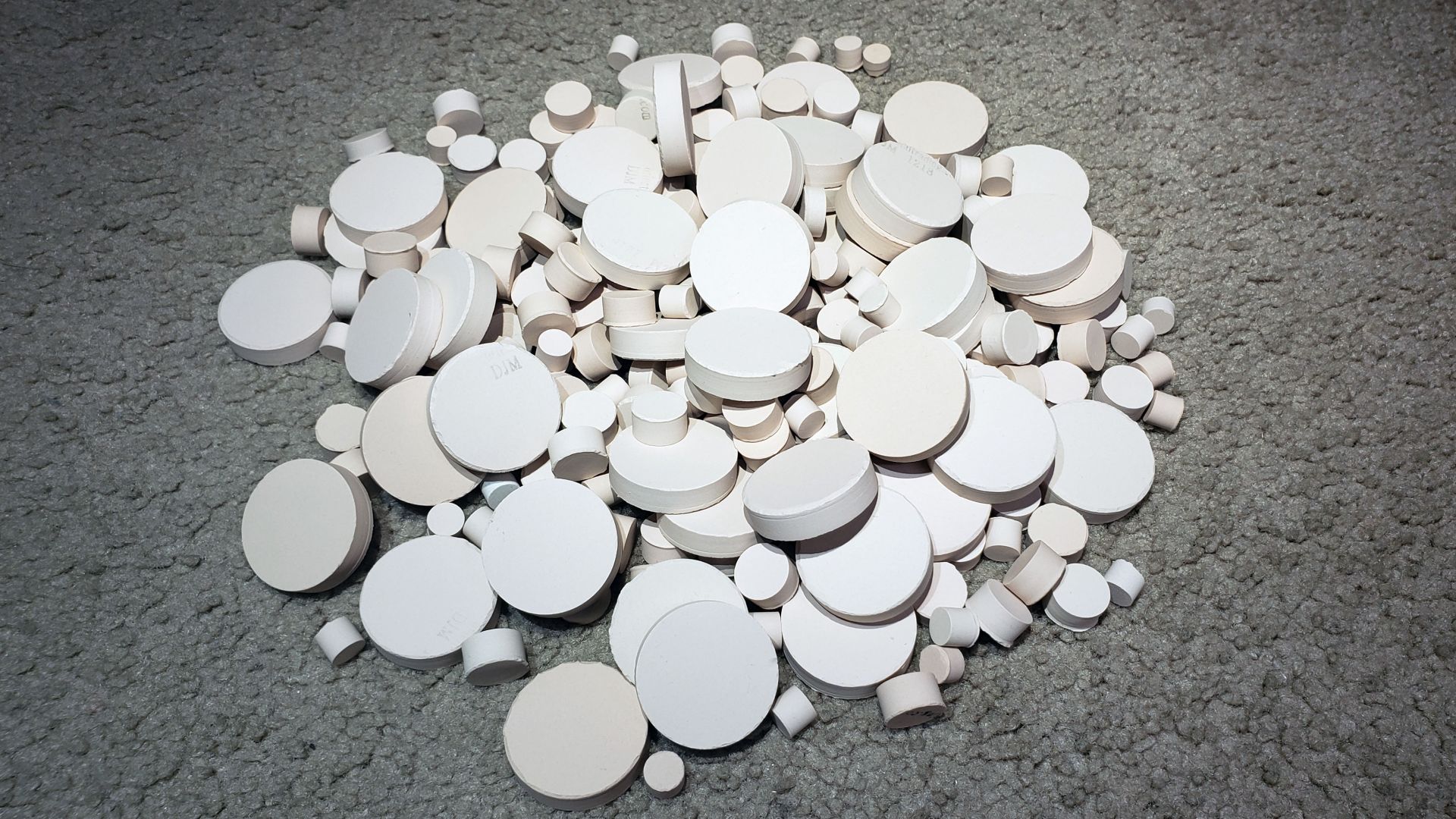
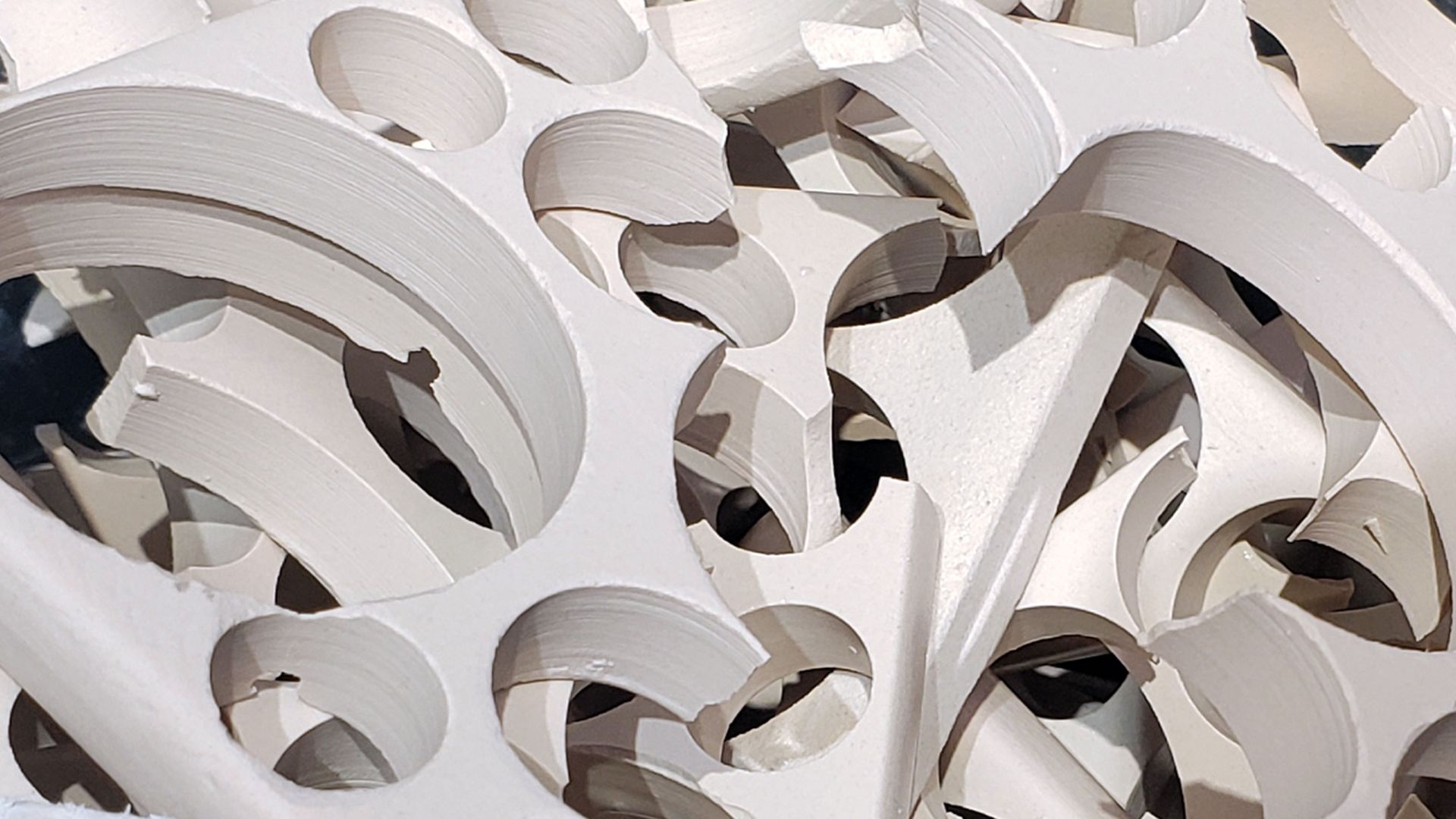
Finally made a new drilling jig. The old one was such a PITA to use, and the holes weren't positioned precisely right.
what type of 3d printer do you use???
Finally made a new drilling jig. The old one was such a PITA to use, and the holes weren't positioned precisely right.
what type of 3d printer do you use???
CR-10
Edited by CAantz, January 12 2023 - 7:30 PM.
Edited by CAantz, January 12 2023 - 7:30 PM.
 |
Ant Keeping →
General Ant Keeping →
Best Nest Material for Myrmecia?Started by AntInSpaceFilms , Apr 6 2025 |
|

|
|
Ant Keeping →
General Ant Keeping →
A Nest IdeaStarted by cooIboyJ , Mar 22 2025 |
|

|
||
Market Place →
General Market Place →
Trade: 3D-Printing Service for your Queens/Colonies (Los Angeles, CA)Started by JonathanH , Mar 4 2025 |
|

|
||
Market Place →
General Market Place →
Ender Ants: Naturalistic Formicariums & MerchandiseStarted by Ender Ants , Feb 7 2025 |
|

|
||
Ants & Myrmecology →
General →
Starting off a shopStarted by OwlThatLikesAnts , Feb 3 2025 |
|

|
0 members, 1 guests, 0 anonymous users